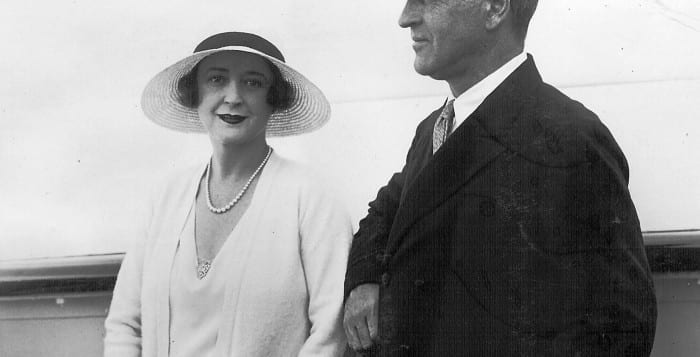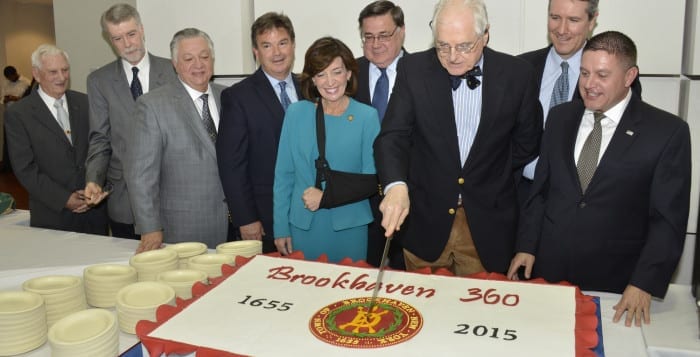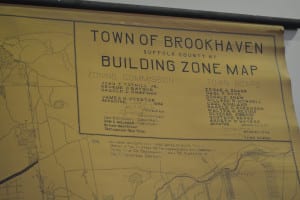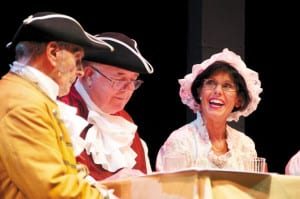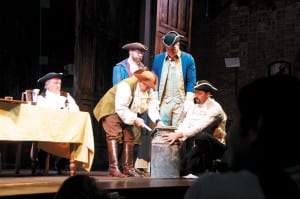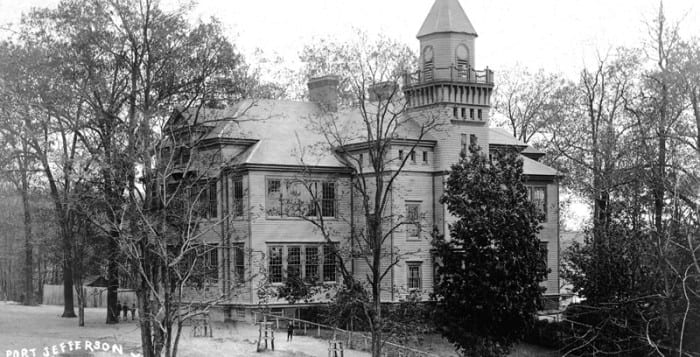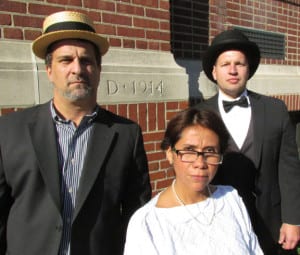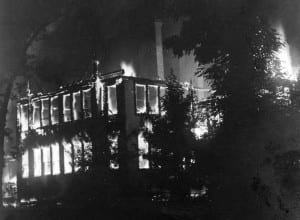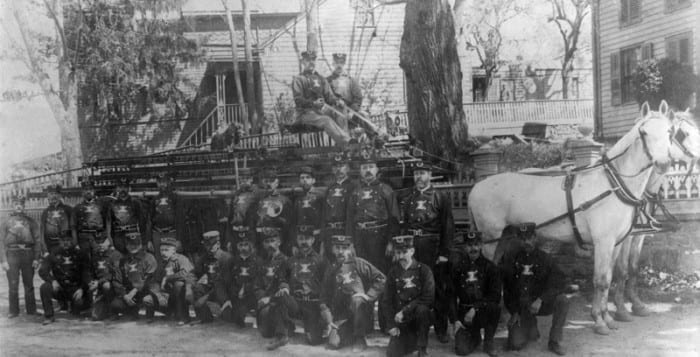In 1965, a small group of families placed a notice in The Village Times Herald to encourage interested residents to join the new Reform Jewish Congregation. Two years later, the congregation transitioned from working out of the Setauket Neighborhood House to working at its new building, Temple Isaiah in Stony Brook.
Fifty years later, the building, its workers and congregants celebrated the Temple’s 50th from Friday Oct. 23 to Sunday Oct. 25. The festivities started with a potluck dinner at sundown as well as a special service. Alan Goodis served as the entertainment during the celebration. The weekend also included a dessert reception and a Golden Gala.
But the celebration isn’t only about celebrating another year older but also about celebrating the Temple’s founders, taking a stroll down memory lane and acknowledging the Temple beyond the celebration for the Temple’s 50th year.
“It’s really about what we do all year long and how we behave,” Rabbi Sharon Sobel said about the Temple.
In the past 50 years, the Temple established a food pantry had food and blood drives and helped give back to the community with events like Mitzvah Day, which former Board of Trustees President Iris Schiff described as a day where members of the Temple do a good deed for members of the community.
In the past, congregates and individuals who work at the Temple helped build a kitchen on the Shinnecock Reservation according to Schiff. Schiff also said the Temple held a special Mitzvah Day for the adults with disabilities who visit the Temple once or twice a week to help organize the food pantry, file documents, polish areas of the Temple’s sanctuary. According to Schiff these individuals are called “interns” at the Temple.
Sobel, who has served as the Temple’s rabbi since last year, made the suggestion to hold a Mitzvah Day in honor of their “interns.” Not only do they help the Temple, but also some of these interns gained enough experience helping the institution that they have acquired stable jobs themselves.
According to Schiff, who joined the Temple in 1975, the day was a special moment for the parents of these “interns.”
“Their parents were crying because…it was the first time ever…their children were honored for being terrific and for helping,” Schiff said. “They had never been acknowledged before because they are people with disabilities.”
The “interns” and the individuals at the Shinnecock Reservation aren’t the only people the Temple helped or intend to help on the Island. Mitzvah day is an annual event for the Temple. This year, the Temple held its 15th Mitzvah Day on Sunday, May 17. Next year, the Temple is holding the event on May 16. Schiff also added that people in the community who are not necessarily part of the Temple are also recognizing the Temple as an important part of the community. Several business donated money to the Temple in celebration of its 50th year — the money, as well as other donations and money acquired from the membership fee, helps the Temple stay afloat.
Schiff mentioned there’s been a drop in church attendance regardless of the religion. Sobel added that currently the Temple has 330 units — families, couples and singles — who are members of the Temple. She added that former members come back for special events like the Temple’s anniversaries among other events. Despite this, members of the Temple remain excited and pleased about their accomplishments.
“We’re excited [for the 50th anniversary celebration] because we feel proud of what the Temple has done all through the years and what it represents in the community,” Sobel said.
Regardless of attendance and the changes in rabbis in the past 50 years, Schiff added that the Temple has remained the same.
“What hasn’t changed is this organization. We have congregants who are genuine. They come here with really good caring hearts,” Schiff said. “To me that is what religion should really be about — doing unto others. If everybody lived by that golden rule, this [world] would be a wonderful place.”



